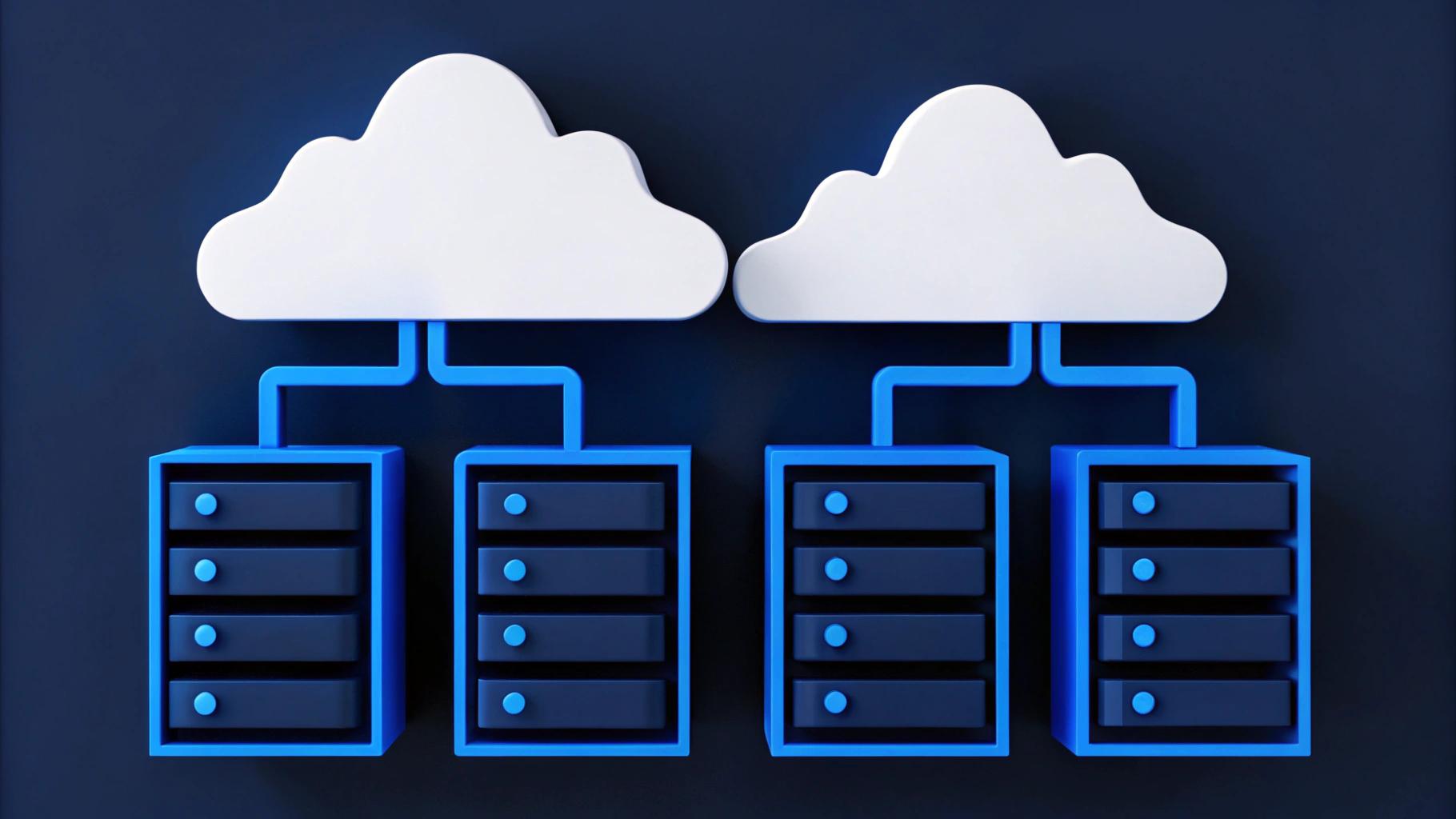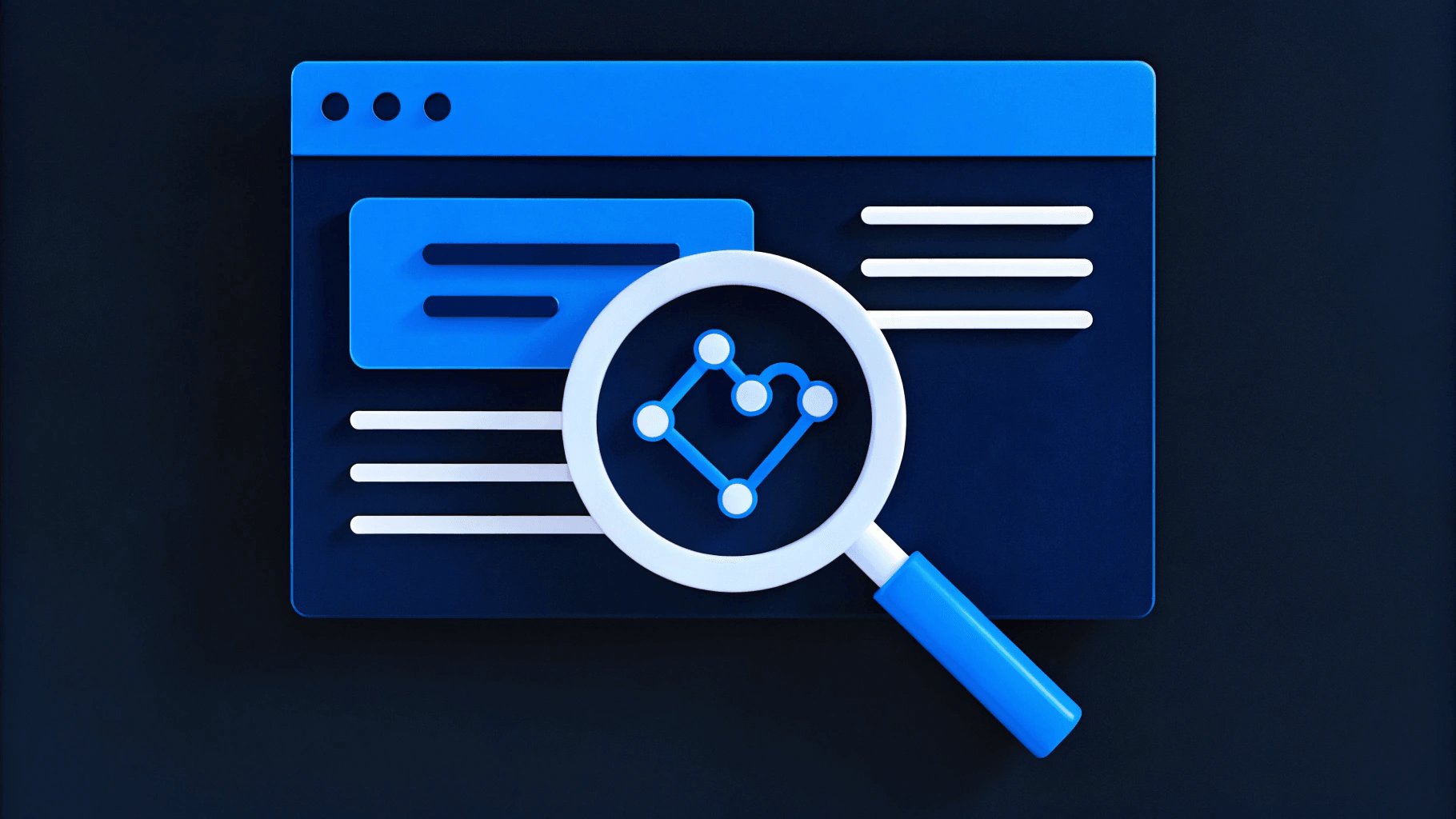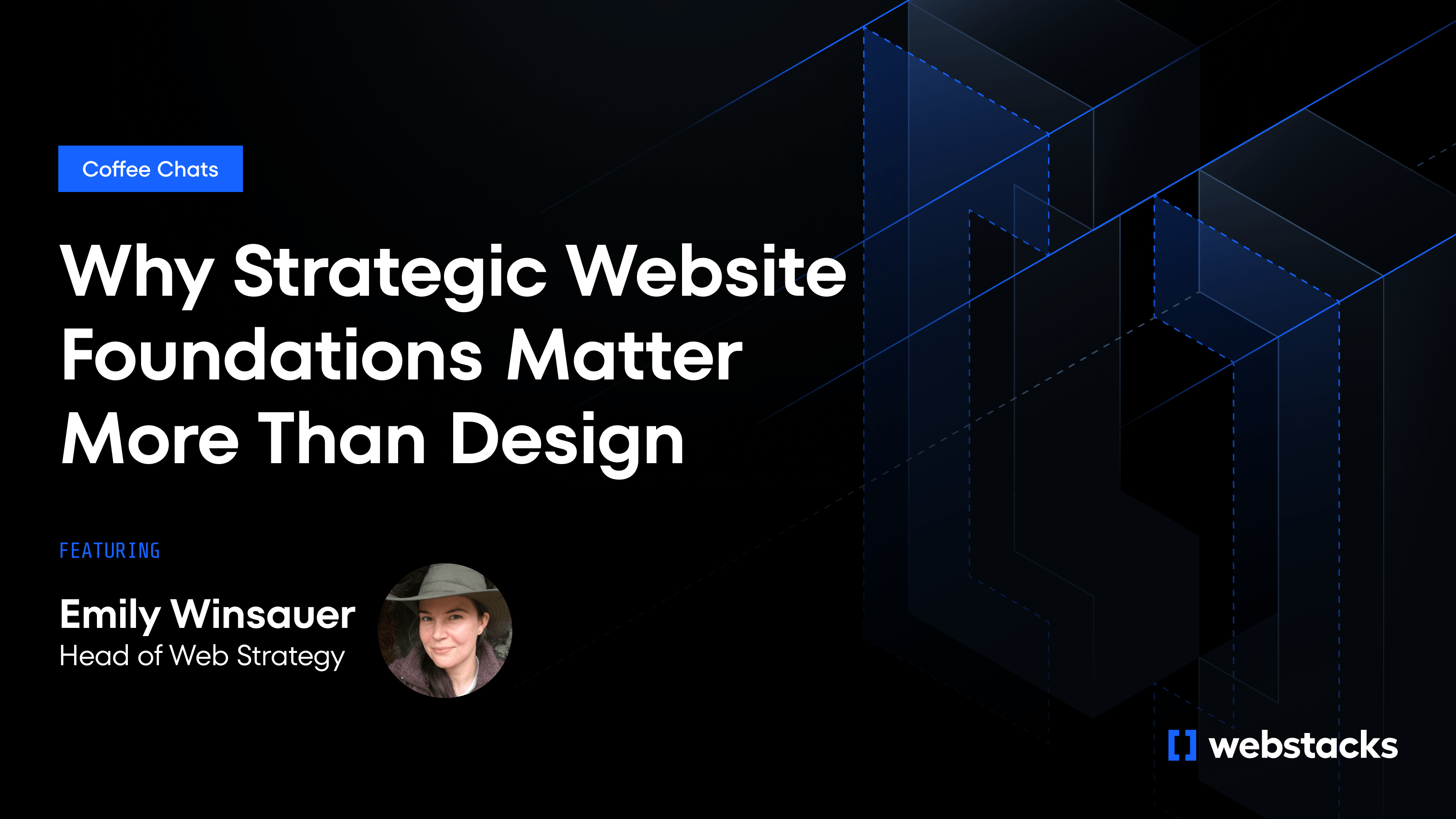Content infrastructure determines how quickly companies can release campaigns, refresh branding, and expand market reach. With over 110 billion monthly API calls, Contentful powers four times as many digital experiences as Sitecore; clear proof that speed directly impacts market presence.
Picking a CMS is a decision that belongs in the boardroom. Fast-growing SaaS teams racing toward funding or IPO can't wait months for deployments or stomach surprise fees. As a marketing or digital leader planning your next big website project, you need tech that keeps up with quarterly goals. That's the framework for this comparison. Webstacks has helped dozens of B2B brands make this choice. We build flexible, composable websites that stay agile as traffic and teams grow.

Comparing Contentful and Sitecore
When evaluating Contentful and Sitecore, the decision often comes down to balancing speed, flexibility, and long-term scalability. Each platform offers unique strengths depending on your team’s technical expertise, organizational goals, and specific use cases. In this section, we’ll explore how the two CMS platforms stack up across several key areas to help you make an informed choice based on your business needs.
- Speed to launch and time-to-value: Contentful’s cloud-native approach eliminates setup time, allowing for rapid go-live in weeks. Sitecore, while supporting cloud options, often requires multi-month rollouts due to setup needs and customization.
- Editor freedom and marketer experience: Contentful offers a clean, intuitive interface for quick content creation, reducing training time. Sitecore’s powerful editing tools are hidden behind complex templates, requiring deeper knowledge and slowing rollouts.
- Developer flexibility and composable architecture: Contentful’s API-first structure supports any modern front-end framework, offering flexibility and fast prototyping. Sitecore, tied to .NET, limits stack options and can extend onboarding time for JavaScript-focused teams.
- Scalability and global performance: Contentful’s global CDN delivers consistent performance, with zero downtime during major events. Sitecore requires optimization to match this speed and can face slower performance without proper caching.
- Total Cost of Ownership (TCO): Contentful’s subscription model includes hosting, upgrades, and support, with predictable costs. Sitecore’s costs grow with additional licenses, hardware, and specialized engineers, often exceeding initial estimates.
- Integration and ecosystem strength: Contentful excels in API connectivity, with ready-made connectors and a MACH-compliant framework for flexibility. Sitecore’s integrations are more limited, often requiring custom development, which adds ongoing maintenance.
- Strategic vision and vendor momentum: Contentful, a leader in headless CMS, continues to innovate with investments in composability and editor experience. Sitecore is evolving its monolith with XM Cloud, though adoption is mixed.
Bottom Line
Contentful leads in five of the seven categories: launch speed, developer experience, scalability, cost, and extensibility. Sitecore stands out for in-context editing and its depth in personalization, making it a strong choice for teams with deep .NET expertise and complex customer journeys. But for most growth-focused teams, Contentful offers more out of the box, with less overhead.

Why We Prefer Contentful
Webstacks backs Contentful because it matches the pace that growth teams expect. The platform handles massive traffic spikes without breaking, proving it supports global brands. Contentful delivers faster responses, while Sitecore implementations typically run between 300 ms and two seconds, depending on configuration.
This speed comes from Contentful's MACH-aligned, headless design. Being cloud-native and API-first means it fits into any modern stack. You can select best-in-class services for search, personalization, or analytics while maintaining a clean content model. Our developers love this freedom. Your editors get an interface they understand within days, not weeks.
The cost structure simplifies decisions. Contentful's subscription includes hosting and vendor-managed maintenance. This removes the six-figure upgrades that come with Sitecore's traditional offerings.
When might Sitecore make sense? If your team heavily uses its built-in marketing automation and you have certified .NET staff ready to manage complex deployments, staying put works. For everyone else seeking faster launches, better agility, and predictable costs, Contentful wins.
Ready to Make the Move? Webstacks Can Help
At Webstacks, we see websites as growth engines. This perspective pairs perfectly with Contentful's composable approach. A platform handling massive API traffic gives your team room to experiment and grow. This means localizing content, shipping features, and launching campaigns without fighting monolithic code.
We create clean content models, build automated localization workflows, and connect Contentful to your marketing tools. The outcome? Editors launch campaigns in hours instead of weeks. The benefits show up in page speed, developer satisfaction, and reduced costs that finance teams love.
Want to see what a modern CMS can do for your plans? Get detailed website migration guides and checklists covering timelines, risks, and launch strategies from our team, no commitment required.




